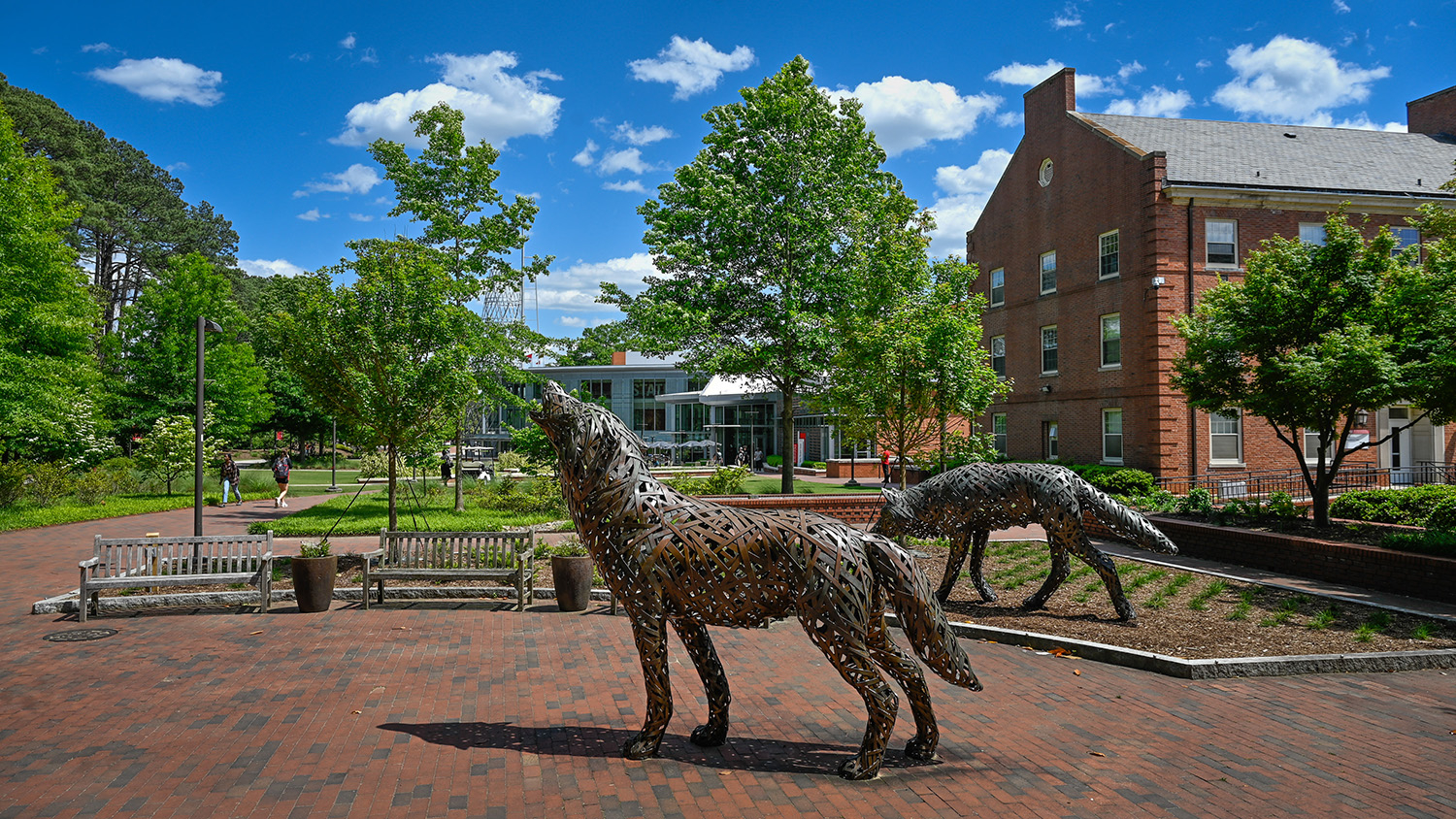Energizing Physics Classes
Physicist Bob Beichner is no stranger to mixing things up in the lab or in the classroom.
His innovative teaching methods have been fine tuned over the past decade into a system called SCALE UP – Student Centered Activities for Large Enrollment Undergraduate Programs – and adopted in one form or another at more than 50 universities across the United States, including Clemson, the University of Alabama and MIT.
Beichner’s philosophy is that students learn better through hands-on activities – a philosophy that’s been borne out by research and in practice.
His latest work takes that philosophy further, freeing hundreds of students from spending up to three hours a week in large lecture halls. The MILLIE project, short for “Methods of Incorporating the Latest Learning Innovations in Education,” provides smaller seminar-like experiences for students in Beichner’s introductory physics courses.
The key? Downloadable videos of the course material that students watch before taking part in weekly classroom discussions.
“Faculty repeat the same 75 percent of their material each semester,” Beichner says. “And for the most part, lectures are simply a guide to the textbook. By preparing this guide for students to see before the lecture, we are able to spend class time answering specific questions about the material, rather than just rehashing the book in class.”
Beichner launched MILLIE during the spring semester with volunteers from one of the main introductory physics courses for science and engineering majors. Each class of about 100 students is divided into thirds. Students still get three hours of lecture per week, but only one hour is spent in the classroom. The other two lecture hours are available via iTunes podcasts.
Beichner made 40 videos for the course – each about 20 minutes long – incorporating both textbook problems and real-world demonstrations from external sources, such as YouTube. The videos provide a visual guide to the textbook and help students learn to read technical material.
“There is less work in preparation for this style of teaching than for three separate lectures,” Beichner says. “Once the video is made, it’s done.”
Results from the pilot program are promising. Test performance didn’t differ between students who took the regular lecture course and those enrolled in MILLIE, indicating that perhaps the amount of time spent in a classroom isn’t the best indicator of student performance. In addition, class attendance for students in the pilot program reached 70 percent, a fairly high rate.
Student reviews were mixed. They weren’t enthusiastic that Beicher’s videos largely follow the textbook material, although the videos are designed to do just that.
“Students would rather watch teenage boys doing stupid things on YouTube that deal with a lot of physics rather than going over dry textbook material, so that’s an understandable criticism,” Beichner says. “Still, this is very much a work in progress, and the results so far give me a lot of confidence in the future of the MILLIE program as an efficient alternative to straight lectures.”
- Categories:


